Does using companion planting really help create a healthier, more productive vegetable garden? You bet it can!
At it’s very core, companion planting is about relationships. As in the relationships that exist between different types of vegetables, herbs and flowers grown in close proximity to one another.
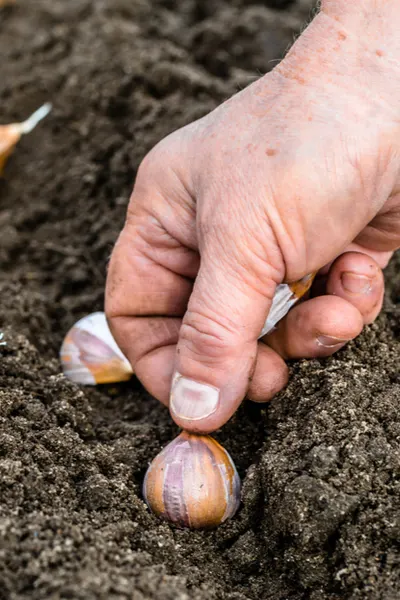
And when you employ some of the basic principals of companion planting, it can lead to healthier plants, less disease and insect issues, and better yields for your garden.
Companion Planting – The Basics
Some plants flourish when grown near other types of vegetables. While others can actually diminish another plant’s success.
The key to successfully employing companion planting is knowing which relationships work, and which don’t. (We include a basic companion planting guide at the end of the article.)
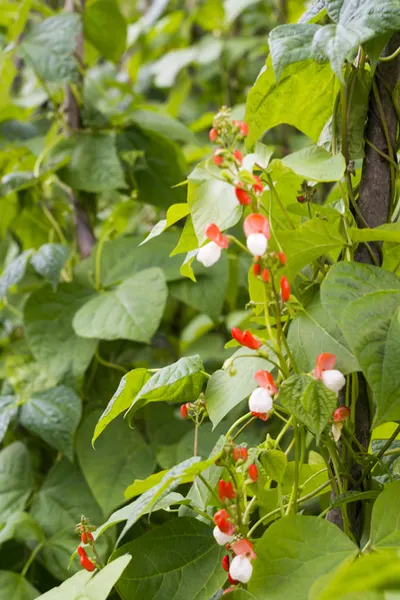
Some plants benefit by being cultivated with others because of the nutrients they provide.
Take for instance, when corn and beans are grown together. Beans help corn grow better because they help fix nitrogen levels in the soil. And corn thrives when nitrogen is present.
So when beans are grown with corn, the corn gains access to increased nitrogen levels in the soil, and the end result is a better corn crop.
But the partnership between the two goes deeper than that, and even includes a third partner, squash.
The Three Sisters
Knowledge of this bean, corn, squash companionship has been around for centuries. In fact, it is a part one of the earliest known practices of companion planting known as Three Sisters.
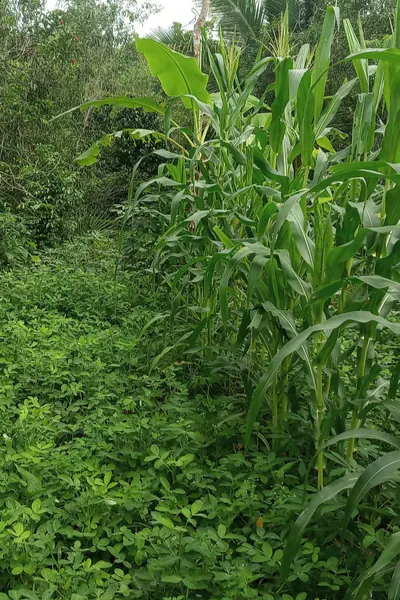
Three Sisters dates back to the Iroquois, and consisted of planting of corn, beans and squash together. It all works together like this:
The beans fix the nitrogen in the soil, which corn needs and uses to thrive. The corn provides a natural trellis system for the beans to grow on. And the bean vines provides extra strength to the corn stalks, preventing them from blowing over in the wind.
And the squash? They play a vital role as well. Their thick vines act as a living mulch for the soil. Not only do they hold in moisture and repel weeds, but they also make it difficult for pests such as raccoon to get at the corn.
It all led to better and more productive harvest for all three crops.
How To Use Companion Planting To Help Control Insects
Companion planting can also help immensely with controlling insects. Certain plants, when planted in the vicinity of others, helps deter pests and insects.
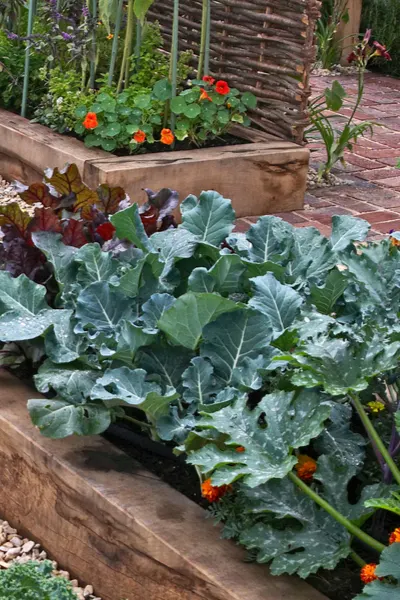
A great example of this are marigold and nasturtium flowers. Marigolds, with their pungent smell, help repel whiteflies and other plant-harming insects. And nasturtiums actually emit a chemical that drive some of the most harmful insects away.
Both have also been known to deter rabbits when planted as a border around vegetable gardens.
It’s hard to get more beneficial than that! See: The Benefits Of Growing Marigolds In The Garden
Additional Benefits of Campanion Planting
Beyond pest control and helping with nutrients, companion plants also provide additional benefits. Like helping to support and provide much needed shade for companion plants.
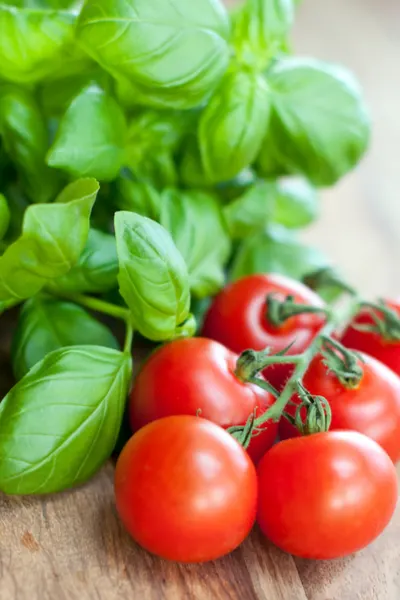
A perfect example of this helpful relationship is leaf lettuce and basil grown with tomatoes.
As the tomatoes grow, they provide valuable shade to the lettuce crop. Meanwhile, the lettuce provides a living mulch to the soil around the tomatoes.
Together, they help to conserve moisture that the tomatoes desperately need. And to boot, the cover of lettuce also keeps competing weeds at bay as well.
Meanwhile, the basil helps to provide insect protection to the tomatoes by naturally repelling known pests. Even more, it is said that growing basil around tomatoes improves the overall flavor of tomatoes. Now that is companion planting success!
Companion Planting Chart
Here is a look at a few great examples of companion plants for common vegetable crops.
You can also find a complete listing of companion planting and benefits in our Raised Row Gardening Book, along with planting guides, composting advice and more.
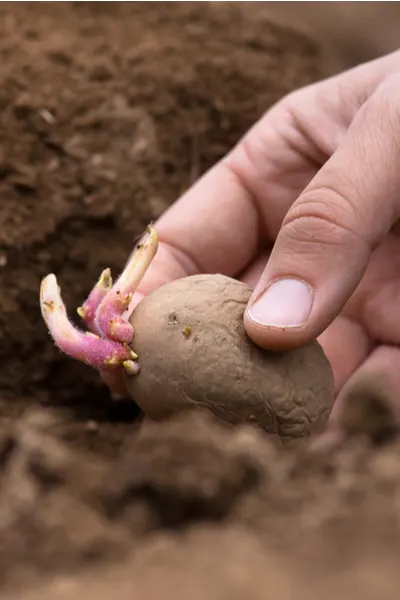
Broccoli : Plant near beans, carrots, cucumbers and lettuce. Avoid planting near peppers and tomatoes.
Cucumbers : Plant near beans, corn and radishes. The corn works really well as it provides some shade protection for the cucumbers and allows for the vines to grow up and have support. Avoid planting cucumbers around potatoes. They can encourage blight in potato crops.
Garlic : Plant Garlic near tomatoes and cabbage. Avoid planting near peas and beans
Onions : Plant near: beets, cabbage, carrots, and lettuce. Avoid planting near beans and peas
Peas : Plant peas with corn , carrots, celery, cucumbers, radishes, tomatoes and turnips. Avoid planting with Onions, Garlic and Shallots.
Peppers : Peppers do well with tomatoes, cabbage, carrots and onions, but avoid planting near potatoes
Potatoes : Plant near beans, cabbage, corn, peas, squash and eggplant. Avoid cucumbers, pumpkins, peppers and tomatoes
Tomatoes : Tomatoes do well when planted around cabbage, carrots, basil and onion and garlic. Keep tomatoes away from potatoes and from the root zone of walnut trees.
Here is to using companion planting in your garden this year, and to a healthier, more productive garden!

This Is My Garden is a website dedicated to spreading the love and knowledge of gardening around the world. We publish two new garden articles each week. This article may contain affiliate links.
